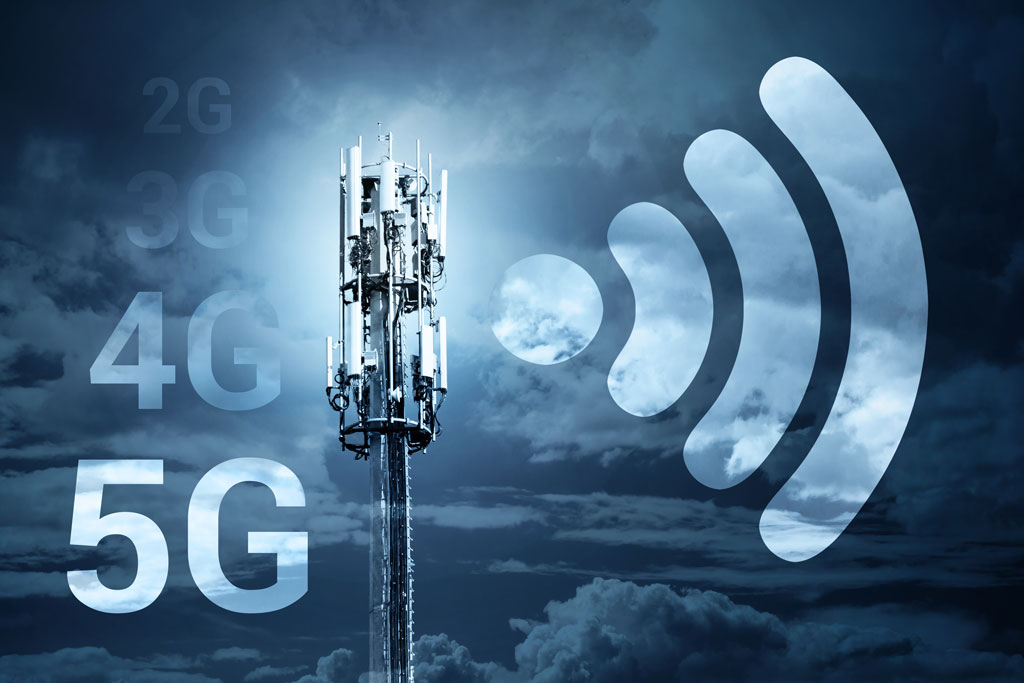Conventional network KPIs must be revised as 5G sustainability becomes a primary priority.
From the inception of cellular networks to the current day, the majority of operators have concentrated investment and analysis on network key performance indicators (KPIs) that reflect the capacity to sustain peak demand. This, however, is a misconception; whether a user is attempting to stream a movie, send an email, surf the web, or use other common smartphone applications, they do not require a network with peak capacity. In the context of reducing mobile network energy consumption, a focus on end-user quality of experience (QoE) would not only give operators a better understanding of how real people use technology, but it would also provide them with an immediate path to reducing energy consumption and costs, while also bringing them closer to their net-zero goals.

Ericsson has stressed the need for operators to break the historical energy curve rise associated with generational cellular upgrades and deliver 5G networks capable of supporting real-world, significant use cases without incurring an incremental increase in power consumption. This holistic strategy for achieving 5G sustainability includes infrastructure upgrades and energy-efficient operations.
In a recent blog post, Ericsson Portfolio Director Gokce Alacadagli contrasted a traditional approach to evaluating network performance with a user-centric method that promotes sustainability. “We focus too much on network KPIs and CapEx investments to expand the network and potentially increase overall energy consumption. This is even though most operators have communicated their group-level targets to become neutral then net zero. This stimulates a mindset shift to transform from peak performance service provider to energy efficient, sustainable service provider.”
Given that the great bulk of a network’s energy usage stems from the radio access network (RAN), it is reasonable for operators to prioritize equipment upgrading and energy-efficient operations in this area. Consider that numerous radios are always conducting signaling, synchronization, and other activities, regardless of whether they are required to assist users, in order to provide a concise description of how the RAN might become more efficient without sacrificing speed. Using machine learning and artificial intelligence, these processes (and their accompanying power consumption) can be put into sleep modes of varying lengths when they are no longer required. Despite the fact that this occurs in milliseconds or seconds, the cumulative effect over a large network over time can quickly mount up to substantial cost savings with minimal impact on users. When silicon-level breakthroughs in power efficiency, greener network topologies, shifting energy mixes, and other advancements are added to the mix, RAN power consumption and costs can be cut significantly.
Alacadagli noted that a drop from 28 Mbps to 25 Mbps on a 28 Mbps connection will have no effect on the performance of a user watching an HD film or communicating via WhatsApp, two programs that, among many others, perform adequately on a 10 Mbps connection. “So if there’s a controlled change in throughput due to energy optimization measures, there will be no perceptible impact on customers’ experience. We…can help operators find the right balance between energy saving and optimizing throughput.”
Sustainable 5G as a revenue generator
With a few exceptions and for numerous reasons, the commercialization of 5G has been delayed. Fixed wireless connectivity is assisting operators in capturing additional service revenues, as is the upselling of service contracts in conjunction with device upgrades, but what if 5G itself might help carriers take market share?
Head of Sustainability and Corporate Responsibility for North America at Ericsson, Bhushan Joshi, stated to RCR Wireless News, “Consumers are seeking both affordable and sustainable lifestyle goods. The transition to sustainable and efficient 5G networks is a value proposition operators can present to their customers, particularly younger Gen Z customers, 95 percent of whom own a smartphone1 and 90 percent of whom feel businesses must act to address social and environmental issues2.
At the recent Mobile World Congress (MWC) in Barcelona, visitors to the Deutsche Telekom booth were met by a prominent display inviting them to Switch to Green. According to the company’s website, green networks provide “more sustainable surfing and phone calls. Deutsche Telekom has not only the best network—it is green as well. We have been running our network entirely on electricity from renewable sources since 2021… By 2025, we aim to be climate-neutral with direct and direct CO2 emissions in our company.”
Ericsson continues to support infrastructure modernization and energy-smart operations as carriers fully comprehend the concurrent shifts from shareholder to stakeholder capitalism, from provisioning networks for peak demand to a focus on energy-efficiency, and the parallel opportunities for revenue growth and cost reduction.
Prior to MWC, Ericsson introduced a portfolio update aiming to strike a balance between performance and sustainability. For instance, the new triple-band Radio 4485 is 53% lighter than its predecessor and uses 22% less energy than comparable devices. Additional portfolio features include Booster Carrier Sleep, a software feature that may switch component carriers on and off based on network load, and MINI-LINK Radio Deep Sleep, which can save energy usage by up to 25% in multi-carrier solutions by “hibernating” radios.
Create a more sustainable network and a more sustainable planet
The basic concept that operators may achieve their net-zero objectives without degrading network performance is not exclusive to those operators. As the era of Industry 4.0 develops, 5G is viewed as a critical component of the company and industrial digital transformation journey. While operators improve the sustainability of their own businesses, they can assist their consumers in doing the same.
A blog article written by the CEO of Ericsson, Borje Ekholm, was published before to the 2023 World Economic Forum Annual Conference in Davos, Switzerland. “Digital transformation is a key tool to address climate change. Ericsson’s research has found that ICT solutions can help reduce global greenhouse gas emissions by up to 15% by 2030 while responsible for only 1.4% of the global carbon footprint. That reduction can go even further with emerging technologies such as 5G, artificial intelligence and the internet of things.”
Source: RCR Wireless
































